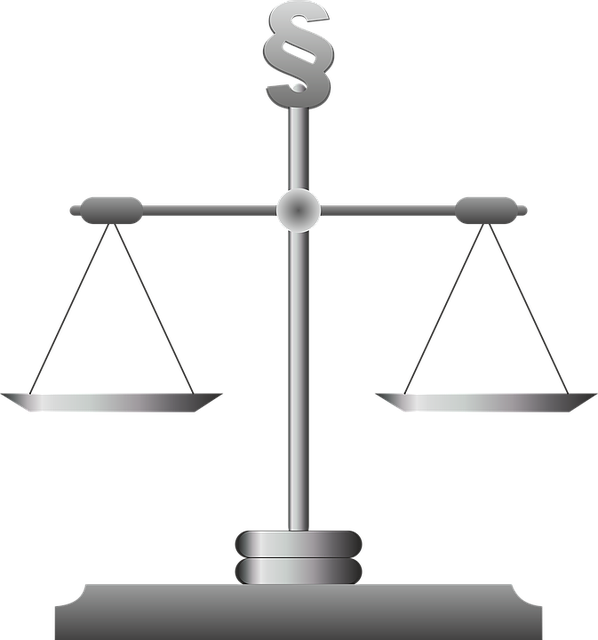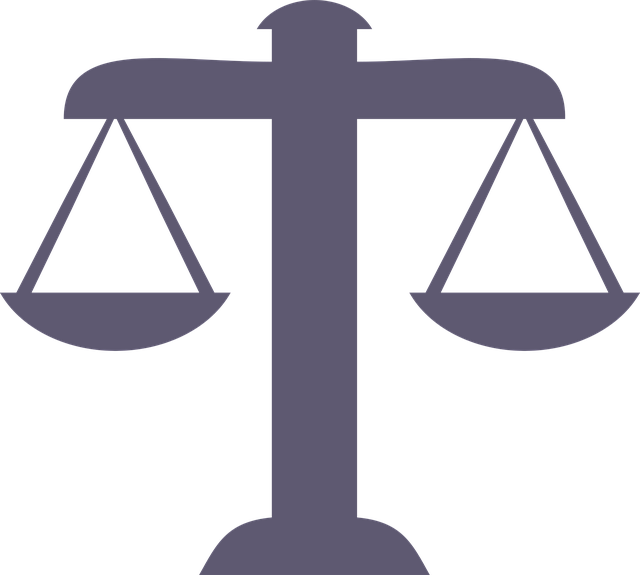Understanding the difference between libel and slander is crucial for lawyers managing litigation risk, especially in high-stakes cases where reputations are at stake. Libel involves written false statements that can persist, while slander refers to spoken defamatory remarks that quickly dissipate. Accurate identification allows legal teams to navigate investigations effectively, with proactive risk mitigation through fact-checking and ethical communication protocols enhancing defenses and public image. Both carry severe legal penalties, requiring robust internal policies and experienced counsel for successful defense and protection of financial health, trust, and integrity.
In today’s digital age, managing litigation risks is paramount for businesses and individuals alike. This comprehensive guide delves into crucial aspects of Litigation Risk Management, focusing on Understanding Libel and Slander vs. Verbal Misrepresentations. We explore key differences between these legal concepts to empower readers with strategies for risk mitigation. Furthermore, we navigate the potential consequences, highlighting remedies and defense mechanisms. By understanding these nuances, you can fortify against legal pitfalls effectively.
- Understanding Libel: Defining Legal Responsibility
- Slander vs. Verbal Misrepresentations: Key Differences
- Protecting Yourself: Strategies for Risk Mitigation
- Navigating Legal Consequences: Remedies and Defense
Understanding Libel: Defining Legal Responsibility

Libel and slander are both forms of defamation, but they differ significantly in their impact and legal implications. Libel refers to the publication of false statements that harm a person’s reputation, while slander involves spoken words or oral communication that has the same effect. Understanding this distinction is crucial for effective litigation risk management, especially in high-stakes cases where clients’ reputations can be severely damaged.
For his clients across the country, legal professionals must grasp the nuances of these terms to protect against unwarranted lawsuits. In many instances, the line between libel and slander can be blurry, particularly when digital platforms and social media come into play. Therefore, a thorough assessment of the facts, the medium of communication, and the potential for harm is essential to navigate these complex legal waters successfully.
Slander vs. Verbal Misrepresentations: Key Differences

While both libel and slander involve harmful verbal statements, they differ significantly in nature and legal implications. Libel refers to the publication of false statements that damage a person’s reputation, while slander is the spoken version of these defamatory remarks. The key distinction lies in the reach and longevity of the harm; libel can persist in written form, often in permanent records, and cause lasting damage, whereas slander is fleeting, as it requires repeated utterance to maintain its impact.
In terms of legal consequences, libel and slander are treated differently throughout all stages of the investigative and enforcement process. High-stakes cases may hinge on subtle nuances between these two forms of defamation. Achieving extraordinary results in litigation often hinges on a nuanced understanding of the difference between them, ensuring that defenses and counterclaims are tailored to each specific type.
Protecting Yourself: Strategies for Risk Mitigation

In the realm of litigation risk management, protecting yourself against potential legal pitfalls is paramount. One effective strategy involves understanding the intricate differences between libel and slander, both of which can significantly impact individuals and organizations. Libel refers to the publication of false statements that harm someone’s reputation, while slander involves verbal communication of these falsehoods. Distinguishing between these two is crucial for devising a winning challenging defense verdict strategy. By accurately identifying the nature of the allegation, legal teams can navigate all stages of the investigative and enforcement process more effectively.
Additionally, proactive risk mitigation techniques, such as thorough fact-checking, corroborating evidence, and implementing robust communication protocols, can help achieve extraordinary results in court. These measures not only bolster your defense but also demonstrate a commitment to ethical conduct, which can sway judges and juries in your favor. Protecting yourself through comprehensive risk management isn’t just about avoiding legal consequences; it’s about ensuring the integrity of your public image and fostering long-term success in an increasingly litigious world.
Navigating Legal Consequences: Remedies and Defense

Navigating Legal Consequences involves understanding the intricate dance between remedies and defense strategies. When it comes to reputational damage caused by false statements, distinguishing between libel and slander is crucial. Libel refers to the publication of false material that damages someone’s reputation, while slander involves verbal or oral statements with similar intent. Both can lead to significant legal repercussions, including monetary damages and injunctive relief.
Effective litigation risk management requires a comprehensive approach throughout all stages of the investigative and enforcement process. Across the country, organizations are leveraging robust internal policies and external counsel to mitigate risks and secure complete dismissal of all charges in cases of false accusations. This proactive stance not only protects against financial losses but also helps maintain public trust and organizational integrity.
Effective litigation risk management involves understanding key legal concepts like libel and slander, their distinct differences, and implementing robust strategies for risk mitigation. By recognizing the potential consequences of verbal misrepresentations and adopting proactive measures, businesses can protect themselves from costly legal battles. Remember that navigating the legal landscape is crucial, and being aware of remedies and defense options can significantly impact outcomes in cases of libel or slander.






